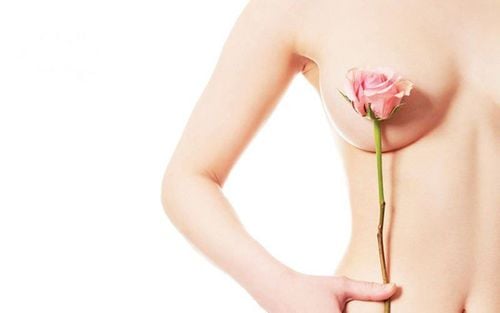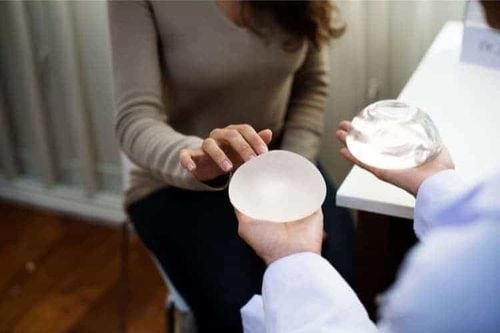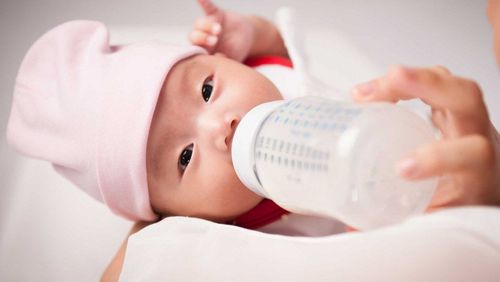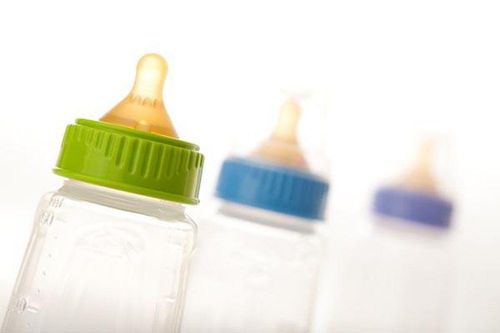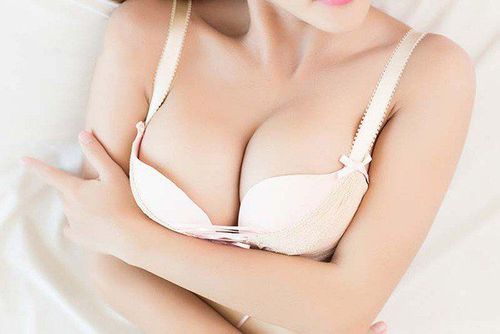This is an automatically translated article.
Breasts come in so many different shapes and sizes, and they're unique, it's rare for people to have identical breasts. So what can breast shape and size say and what makes that difference? Find the answer in the following article.1. The typical shape of the chest
Your breasts are unique, no one can have exactly the same breasts as you. So, if you notice they have a special shape and size, that's completely normal. The only thing that's not normal is when you feel unexplained nipple pain and tenderness coming from your breasts. Even if your breasts have some similarities with someone else's, they still have points to make the difference. Here are the common bust shapes and sizes:Standard Breast- Archetype: Prototype breasts are usually round, full with small nipples and are considered standard breasts. This is arguably the most popular shape, so most bra manufacturers use it to model their designs. Asymmetrical: Asymmetrical breasts mean that the breasts are two different sizes. Breast size unevenness is quite common and more than half of women have some size difference between their breasts. -Athletic Sports Bust: People with this breast shape often have a wide chest area, breasts with a lot of muscle, and little breast tissue. Bell Shape: Bell-shaped breasts are those with a bell-shaped bust with a narrow top and a rounder bottom. Close-set chest type: People with tight breasts mean that the breasts have no separation or the distance between the breasts is very small. The breasts are located almost halfway between the chest area and have a wide arm-to-breast distance. Conical: Conical breasts are shaped more like a cone than a circle. This shape is considered common among people with small breasts. East-West Bust: If your bust has nipples that point outward, away from the center of your body, your bust type is East-West. Relaxed: This is a type of breast with looser breast tissue and a downward-facing nipple. -Round: This is a bust with fullness in the upper and lower parts. Side set: This is the type of chest with the two breasts farther apart and there is more space between the two breasts. -Slender: Slim breasts are usually narrow and long with nipples pointing downwards. Teardrop: This bust is round in shape and usually has a fuller bottom than the top.
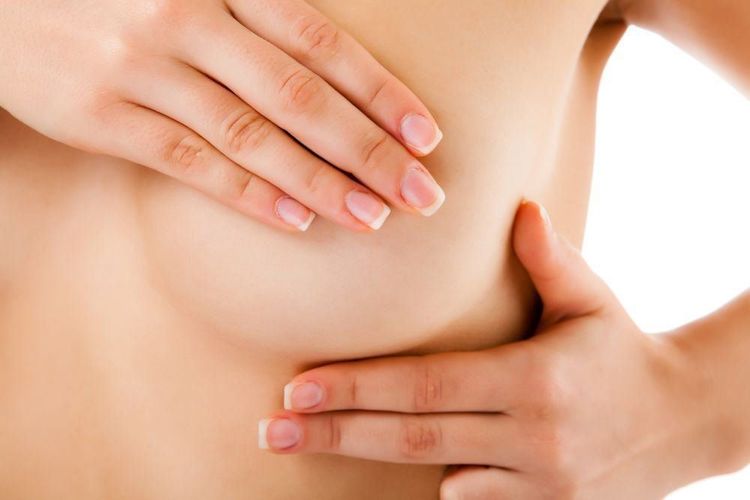
Ngực của bạn là duy nhất, không có ai có thể có bộ ngực hoàn toàn giống bạn
2. What determines breast shape?
Until now, genetic characteristics are still considered to be the factor that plays the biggest role in determining breast shape because genes affect the density, tissue, and size of the breast. In addition, other factors that affect breast shape and size include:Weight: Fat is a large part of breast tissue and density, so you may notice a difference in breast shape. when you gain or lose weight. Exercise: Your breasts can look firmer if you build the muscles behind the breast tissue by strengthening the pectoral muscles. Age: Breasts naturally sag as you age, so over time your breasts may lengthen and shift downward. Pregnancy and breast-feeding: Hormones during pregnancy and breastfeeding can cause breasts to swell and change the way fat and tissue are distributed throughout the breasts.
3. About the areola
The areola is the dark area around the nipple, it is also unique to your body and is not the same for everyone. The average areola diameter is about 4cm, but some people are smaller and some can be larger. It's not unusual for your areola to change size over time or during periods like pregnancy and breastfeeding.The areola comes in different colors. Although people with darker skin tend to have darker areolas than people with light skin, that's not always the case. The shape of the areola can be irregular or misaligned, so don't worry if you don't have two perfect circles around your nipples.

Quầng vú là vùng sẫm màu xung quanh núm vú, nó cũng có tính duy nhất cho cơ thể của bạn và không giống nhau ở mỗi người
4. About nipples
Just like the shape and areola, the nipple is also unique and individual. They come in many different shapes, sizes, colors, and orientations. Some of the most common types of nipples include:Nipple nipples: This means the nipple has small bumps around the areola, called Montgomery glands. That is, the nipples are always erect, standing upright from the areola even when they are not stimulated. Reverse knob. Nipples move inward instead of protruding out like erect nipples. Flat knob. Flat nipples remain at the level of the areola, although they may stand erect when stimulated. Hairy nipples: It is completely normal for hair to grow around the nipples and some people have more hair than others. Protruding nipple: That is, the protruding nipple stays upright even in the absence of stimulation. Nipple: Both the areola and the nipple form an inverted mound. Nipple nipples: This is just a fancy way of saying you have extra nipples. Unilateral reverse knob. These nipples want to be opposite to each other for example one nipple is inverted and the other is recessed. You may notice changes in breast size, shape, and color over time. Often, these changes are tied to hormonal fluctuations, aging, or other natural events. However, there are some symptoms that may be indicative of an underlying health condition. See your doctor if you notice any pain or soreness, unexplained redness or bruising, unusual or bloody nipple discharge, lumps or swelling in breast tissue, etc. a sudden change such as a raised nipple becoming inverted. Your doctor will evaluate your symptoms and medical history to help determine the cause of these changes.
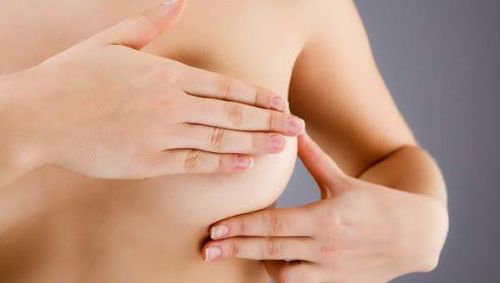
Hãy đi khám bác sĩ nếu bạn nhận thấy bất kỳ yếu tố nào như đau hoặc đau nhức, đỏ hoặc bầm tím không giải thích được, tiết dịch núm vú bất thường,...
If abnormal nipples make you feel self-conscious or worried that you can't breastfeed or have nipple retraction along with other breast abnormalities, go to Vinmec International General Hospital for advice. , treatment and use of the most modern and effective medical services.
Please dial HOTLINE for more information or register for an appointment HERE. Download MyVinmec app to make appointments faster and to manage your bookings easily.
Reference source: healthline.com




